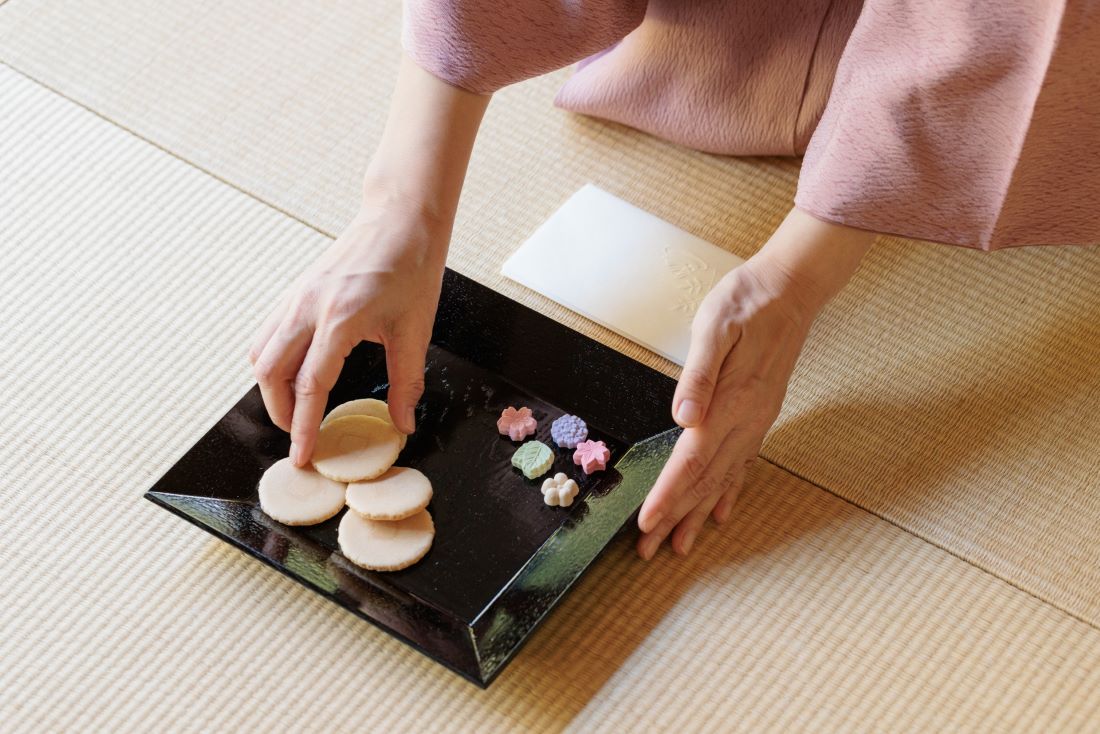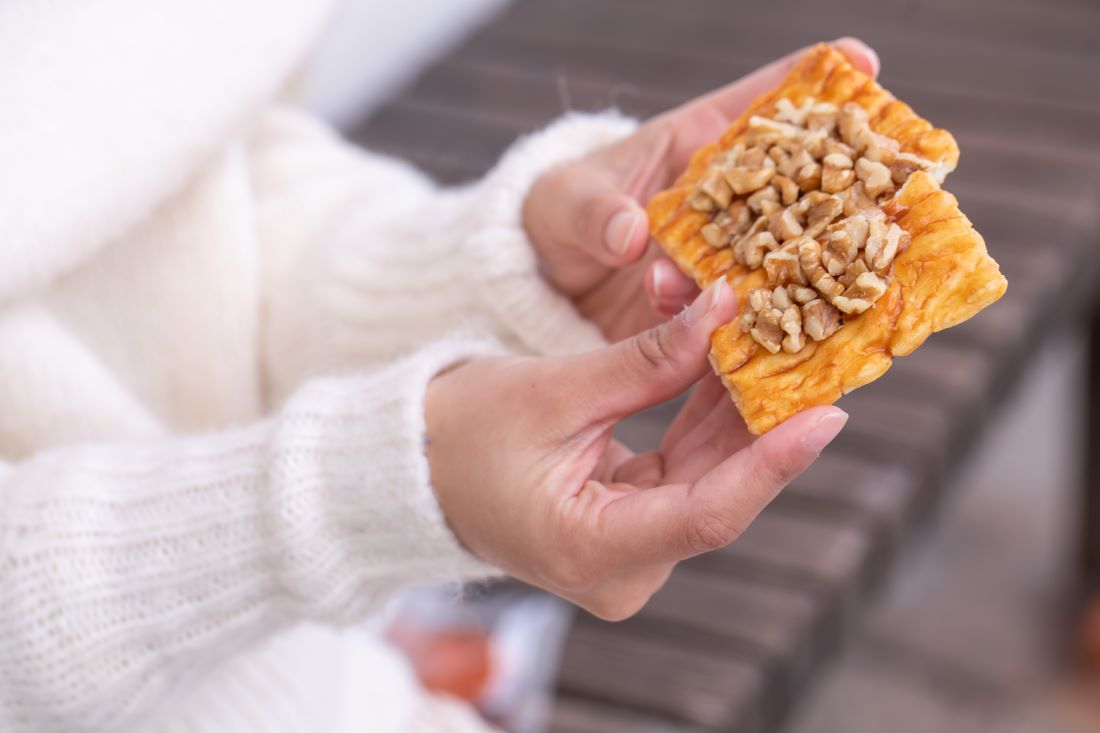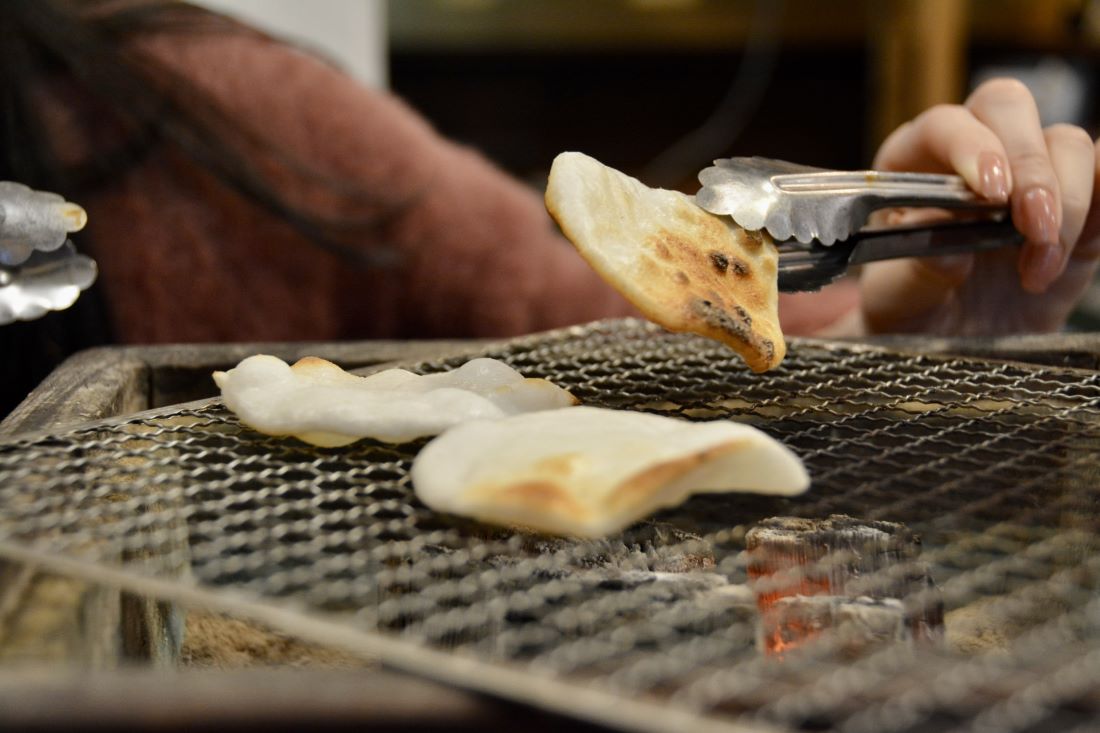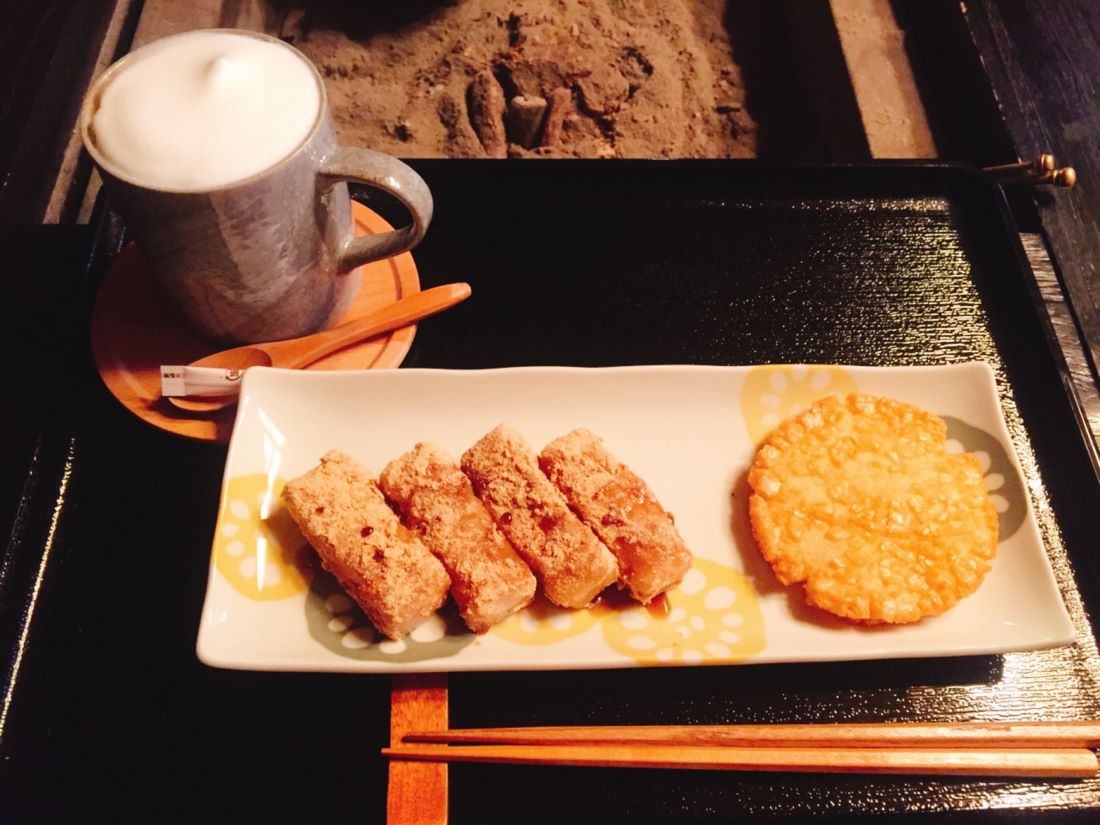Senbei, also known as sembei, are a type of Japanese rice cracker that have been enjoyed for centuries. These crispy crackers come in various shapes, sizes, and flavors, ranging from savory to sweet. They are often enjoyed as a snack with green tea or offered to guests as a courtesy refreshment.

They date back to the Tang Dynasty in 737 AD, when they were made with potatoes, glutinous rice, or wheat flour. Today, there are many different types of senbei made using traditional techniques and modern methods. Some of the most popular varieties include soy sauce-flavored senbei, arare (tiny, pellet-shaped crackers), and kaki (bite-sized crackers).
History

Senbei, also known as Japanese rice crackers, have a rich history that dates back over a thousand years. The origins of senbei can be traced back to China during the Three Kingdom’s Period where they were known as jianbing, a type of crepe that is still eaten in China today.
It was during the Tang Dynasty, over 1000 years ago, that the sweet variety of jiangbing made its way to Japan and began to be called senbei. The original senbei were often baked in the Kansai area and were similar to the traditional “roof tile” senbei.
Senbei were initially made from a grain flour or potato during the modern Edo period of Japan, but they eventually transitioned to being made with toasted rice. Different regions in Japan utilize different preparation and cooking methods for making the traditional rice crackers.
Today, senbei are enjoyed as a popular snack in Japan and around the world. They come in flavors and shapes, from sweet to savory, and can be found in supermarkets, specialty stores, and even online.
Varieties

Senbei comes in many different varieties, each with its own unique flavor and texture. Here are some of the most popular types:
- Classic Senbei: These are the traditional senbei made from toasted rice and flavored with soy sauce. They are available in many shapes and sizes, including round, square, and rectangular.
- Regional Senbei: These are senbei that are unique to certain regions of Japan. For example, Kanto-style senbei are thin and crispy, while Kansai-style senbei are thicker and chewier.
- Nori Senbei: These senbei are wrapped in nori seaweed, which gives them a unique umami flavor.
- Zarame Senbei: These senbei are coated in a layer of sugar, which gives them a sweet and crunchy taste.
- Age Senbei: These senbei are deep-fried, which gives them a crispy texture and savory flavor.
In addition to these types, there are many other varieties of senbei available, including senbei with fillings such as chocolate or red bean paste. Senbei can also be flavored with other seasonings, such as wasabi or curry powder.
Ingredients

The basic ingredients used to make senbei include rice flour, soy sauce, and mirin (a sweet cooking wine). These ingredients are mixed together to form a dough, which is then rolled out and cut into small circles. The circles are then baked until they are crispy and golden brown.
Modern senbei versions are very inventive and may include flavorings that range from kimchi to wasabi to curry to chocolate. Other ingredients that can be used to make senbei include potato and wheat flour or glutinous rice. These ingredients can alter the texture and flavor of the senbei, resulting in a unique and delicious snack.
Some senbei may also contain additional seasonings or toppings, such as sesame seeds, seaweed, or chili flakes. These toppings can add extra flavor and texture to the senbei, making them even more enjoyable to eat.
Preparation

While there are many variations, the basic recipe involves mixing cooked rice, egg whites, sea salt, and sesame seeds together to form a dough. The dough is then flattened and cut into circles using a metal ring or glass before being fried in vegetable oil.
Here are the ingredients and equipment needed to make senbei:
| Ingredients: | Equipment: |
| 200g cooked rice | measuring scales |
| 2 egg whites | measuring jug or tall container |
| 4g sea salt | hand blender |
| A pinch of sesame seeds | non-stick baking paper |
| 500ml vegetable oil | metal ring or glass (approx. 80mm diameter) |
| pencil or pen |
Once the dough is prepared, it can be flattened and cut into any desired shape. Some people prefer to shape their senbei into squares or triangles, while others prefer to keep them round. The dough can also be flavored with various seasonings, such as soy sauce or wasabi, to add extra flavor.
Overall, making senbei is a fun and easy process that can be done at home with just a few simple ingredients and some basic kitchen equipment. With a little bit of creativity, it is possible to create a wide variety of delicious and unique senbei flavors that are sure to impress your friends and family.
Serving Senbei

Here are a few ideas for serving senbei:
- As a simple snack on its own
- Paired with green tea for a traditional Japanese experience
- Crumbled on top of salads or soups for a crunchy texture
- Used as a base for canapes or appetizers
Senbei can easily break or crumble, so handle it gently. Additionally, be sure to store senbei in an airtight container to maintain its freshness and crunchiness.
If you’re looking for a unique way to enjoy senbei, try making your own senbei ice cream sandwich! Simply sandwich a scoop of your favorite ice cream between two senbei crackers for a sweet and crunchy treat.
Cultural Significance
Sembei has been an important part of Japanese culture for centuries. It is often served during tea ceremonies and other traditional events. In fact, sembei is so popular that it has become a symbol of Japanese cuisine around the world.
One of the reasons that sembei has remained an important part of Japanese culture is its versatility. It comes in many different flavors and shapes, and it can be enjoyed as a snack or used as an ingredient in other dishes.
They have been around for over a thousand years, and it have played a role in many important events throughout Japanese history. For example, during the Edo period, sembei was often given as a gift to samurai warriors.
Today, sembei continues to be an important part of Japanese culture. It is enjoyed by people of all ages and is often given as a gift during special occasions. In fact, many Japanese people believe that sembei is a symbol of good luck and prosperity.




